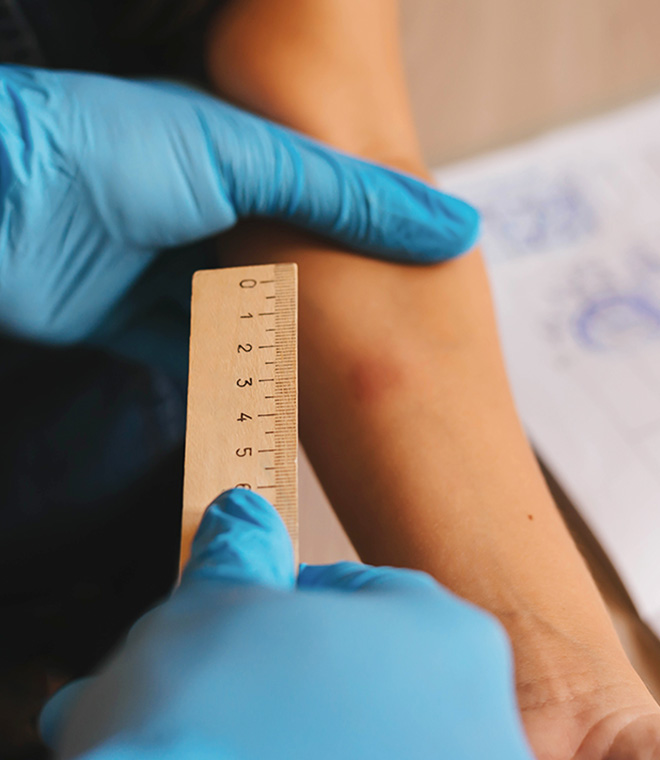Health
How to diagnose pneumonia
Clinically reviewed by Jenilee Matz, MPH Sep 27, 2022 • 1 min.
Pneumonia is an infection of one or both sides of the lungs causing inflammation and fluid buildup.
Symptoms may range from mild to severe and can include cough, fever, chills and shortness of breath. Pneumonia can sometimes be difficult to diagnose because the symptoms are often very similar to symptoms of a bad cold or flu.
To diagnose pneumonia, your healthcare provider will review your symptoms and your medical history and listen to your lungs. They may also do one or more of the following diagnostic tests for pneumonia:
- Chest X-rays are done to help look for inflammation in the lungs.
- Sputum (mucus) tests involve testing a sample of mucus produced after a deep cough. It can help look for the source of the infection.
- Blood tests are used to confirm the infection and to try to identify the germ that’s causing your pneumonia.
- Pulse oximetry (blood oxygen testing). Pneumonia can keep your lungs from moving enough oxygen into the bloodstream. Blood oxygen is measured with a pulse oximetry device that attaches to your finger or ear. In more severe cases, your provider may take a sample of blood from an artery to measure blood oxygen.
Your healthcare provider may also order other tests, especially if you're in the hospital, have serious symptoms, are older, or have other health problems.
If you have pneumonia, follow your treatment plan and take all medicines as prescribed by your healthcare provider and get follow-up medical care. While you are recovering, try to stay home and limit contact with others. Cover your nose and mouth while coughing or sneezing, get rid of used tissues right away and wash your hands. These actions help keep the infection from spreading to other people.
Published November 2020.
Sources:
1. https://www.nhlbi.nih.gov/health-topics/pneumonia
2. https://www.lung.org/lung-health-diseases/lung-disease-lookup/pneumonia/symptoms-and-diagnosis
3. https://www.uptodate.com/contents/pneumonia-in-adults-beyond-the-basics
4. https://www.mayoclinic.org/diseases-conditions/pneumonia/diagnosis-treatment/drc-20354210



